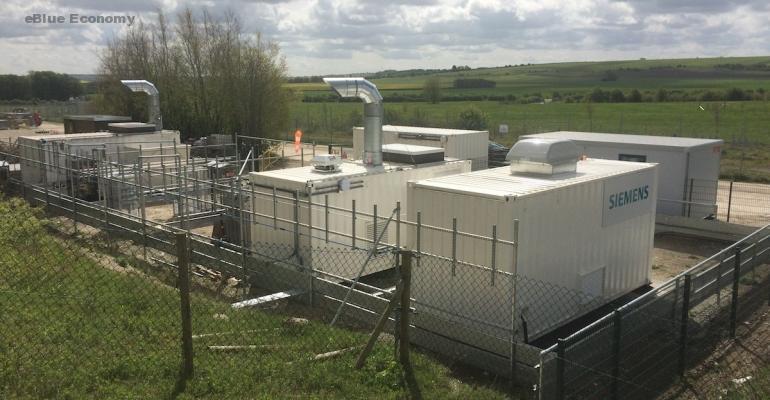Market projections have shown that the best-positioned fuels for research and development into net-zero marine fuels are alcohol, biomethane, and ammonia.
According to a new study conducted by Danish shipping major A.P. Moller – Maersk and UK’s classification society Lloyd’s Register, the greatest opportunities for decarbonizing shipping lie in finding new sustainable energy sources.
Energy efficiency is said to be an important tool for Maersk to reduce CO2 emissions. However, getting to net-zero requires a total shift in the way deep-sea vessels are propelled. The shipping industry needs to introduce carbon-neutral propulsion fuels and new technologies, the company said.
“The main challenge is not at sea but on land,” Søren Toft, Maersk Chief Operating Officer, explained.
“Technology changes inside the vessels are minor when compared to the massive innovative solutions and fuel transformation that must be found to produce and distribute sustainable energy sources on a global scale. We need to have a commercially viable carbon neutral vessel in service 11 years from now.”
As explained, the three fuel pathways have relatively similar cost projections but different challenges and opportunities.
“It is too early to rule anything out completely, but we are confident that these three are the right places to start. Consequently, we will spend 80% of our focus on this working hypothesis and will keep the remaining 20% to look at other options,” Toft pointed out.

“The next decade requires industry collaboration as shipping considers its decarbonization options and looks closely at the potential of fuels like alcohol, biomethane, and ammonia,” Alastair Marsh, LR CEO, said.
“This joint modeling exercise between Lloyd’s Register and Maersk indicates that shipowners must invest for fuel flexibility and it is also clear that this transition presents more of an operating expenditure rather than capital expenditure challenge.”
Specifically, alcohols are not a highly toxic liquid with various possible production pathways – directly from biomass and/or via renewable hydrogen combined with carbon from either biomass or carbon capture. Existing solutions for handling the low flash point and for burning alcohols are well proven. Ethanol and methanol are fully mixable in the vessel’s bunker tanks, creating bunkering flexibility.
However, the transition of the industry towards alcohol-based solutions is yet to be defined. Biomethane, on the other hand, has a potential smooth transition given existing technology and infrastructure. The challenge, however, is ‘methane slip’ – the emission of unburned methane along the entire supply chain.
Ammonia is carbon-free and can be produced from renewable electricity. The energy conversion rate of this system is higher than that of biomaterial-based systems, but the production pathway cannot tap into potential energy sources as e.g. waste biomass. The main challenge for ammonia is that it is highly toxic and even small accidents can create major risks to the crew and the environment. The transition from current to future applications is also a huge challenge for ammonia.
Finally, Maersk and Lloyd’s Register said that batteries and fuel cells are unlikely to have an immediate role in propelling commercially viable carbon neutral deep-sea vessels.
Shipping is responsible for 2-3% of global greenhouse gas (GHG) emissions, so the industry has significant potential to help create a carbon-neutral economy by 2050.















